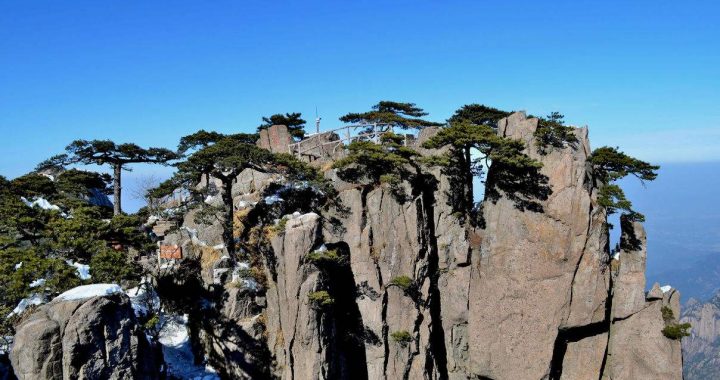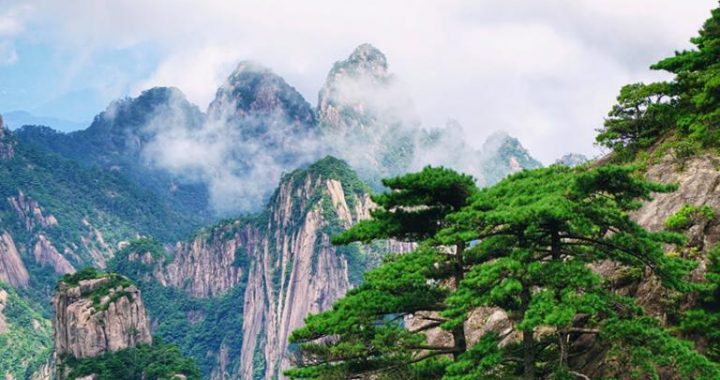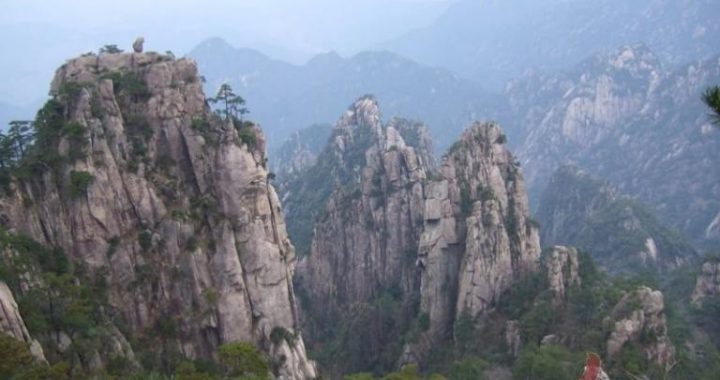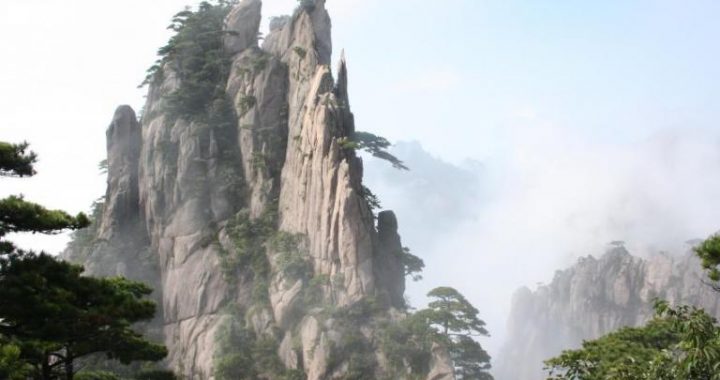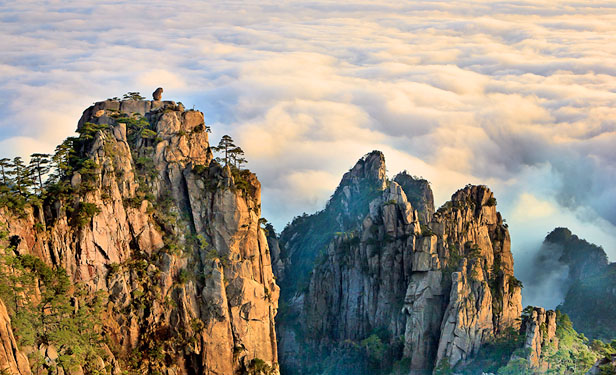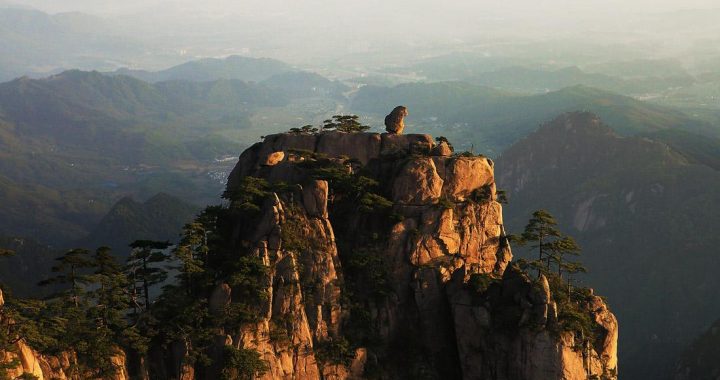Climbing Mount Huangshan
5 min readAs you initially ascend the mountains, you’ll come across stunted pine trees contorted into curious shapes. What’s more amazing is that these gnarled trees sprout from rocks that are just as oddly stunted pines growing haped. Eroded by wind and time, the rock romints, the rock formations, together with the em, have long been the muse of many painters and poets. The gnarled trees and craggy rocks are the subject of numerous traditional Chinese paintings symbol of Huang Shan. If you see such a paintin piration for the work. sea of clouds? A CLo or at least get sea loat on a se Huang Shan you can in the Beihai Sc (beihai jingqu) is ever-changing and unpredictable; one moment you’ve’ got the lisanre perfect shot of a twisted pine on the next peak and in the next, it has fed in a swirl of mist and clougrienne “now you see it, now you don’t’ disappeared, eguain sa sw uality to the experience that can make you feel rather like an immortal.
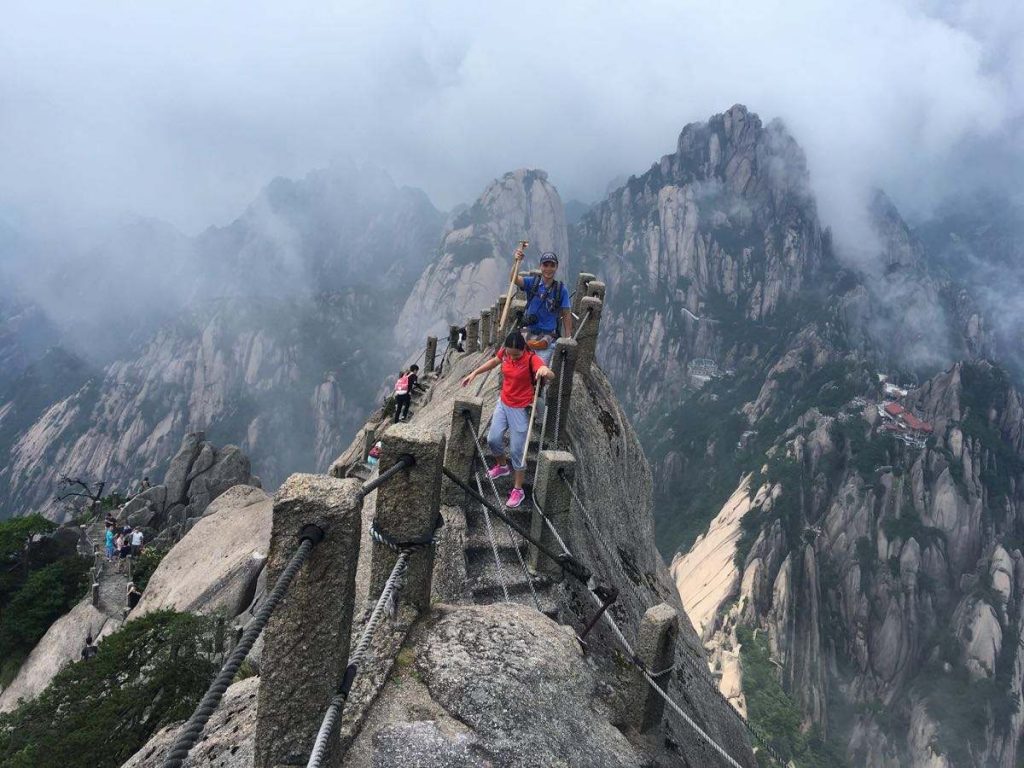
The clouds float between the jagged peals of Huang Shan.
There are hot springs at the foot of Huang Shan, at Purple Cloud Peak(zixia feng). For those aching after strenuous but unforgettable climb, this opportunity should be utilized to pamper those tired and aching legs and feet. First tapped over a thousand years ago, the clear waters remain at a constant 104F (40C) year round and can be used for drinking and bathing, though not at the same time and from different pools. Special therapeutic baths and swimming pools have been built around the natural springs.
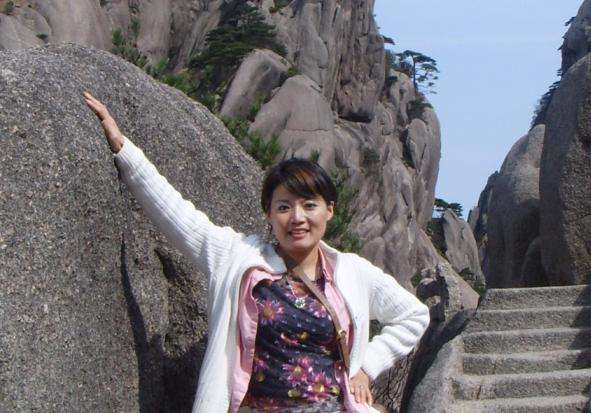
ECOMMENDED ROUTE
There are two main ways of getting to the top of Huang Shan, by foot or by cable car.A recommended route is to take the cable car up, ascending from the east side of the mountain to reach the beihai (beihai), stay overnight at the summit and catch the magical sunrise, then descend by foot down the western side. The western side is a lot steeper and isn’t for the faint of heart. Although the scenery serves as a good distraction, don’t be too distracted and lose your footing. If you do decide to climb the mountain, it’s a 3-hour, 4. 7-mile.5 km) climb from the east and a hefty 9.3 miles (15 km) from the western approach, which will take at least twice as much time.
The sun’s orange glow reflects off a sea of clouds.
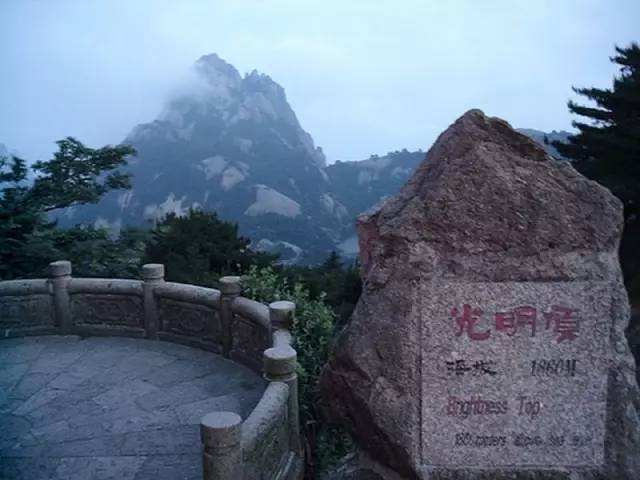
On the eastern side of Huang Shan close to the summit, is the Begin–to- Peak.it’sprobablythemostvistedpeakinhuangshanduetoitsdeep chasms and classic Huang Shan scenery. Along the way you might notice many locks clasped around the chain railings these locks are meant to represent everlasting love. Couples romantically fasten their locks and throw the key off the peak, thereby cementing their relationship.
The Beihai Scenic Area is at the summit of Huang Shan Paths are newly paved and well kept. This is the best place to view the sunrise above the eternal sea of clouds and pine tree-studded peaks.
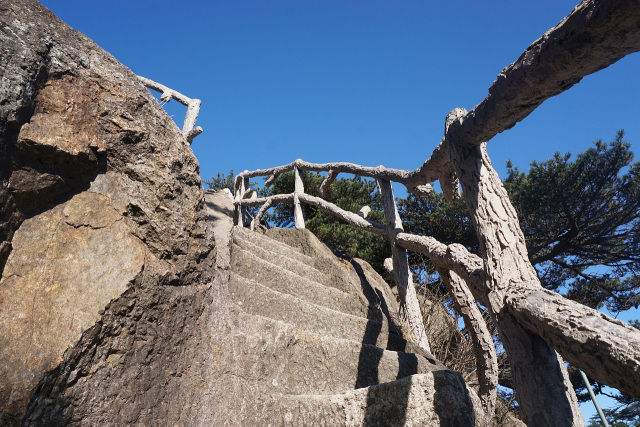
Flying Rock(feilai shi) in the western part of the summit area is huge pear shaped rock 33 feet (10 m) high perched precariously on top of the peak. Steps leading to the top of the peak have one dubious looking handrail allowing the brave to really experience being on top of the world if your eyes dare to stay open.
Along the central axis of the mountain range is the Brightness Apex (guangming ding).At6,035feet(1,840m) this is the second highest peak on Huang Shan, and it separates the physically challenging western side from the more gentle eastern side. This is a good place to contrast the two faces.

Jade Screen Pavilion(yuping lou is also known as the Jade Screen of Heaven These fantastic sheer cliff faces feature unique rock formations with green pines. It looks like a giant Chinese landscape painting brought to life.
On the western side Lotus Peak (lianhua feng is Huang Shan’s highest peal Surrounde of the neroup of lower peaks, Lotus Peak looks like a lotus flower in full bloom.
The top of the peak offers panoramic views of Huang Shan though sore and wobbly legs are also inevitably part of the deal.

The Celestial Capital Peak(tiandu feng) faces Lotus Peak in the west.At6,00 feet (1, 829m, it’s the steepest pedk but a stone stairway is cut into the near vertical cliff face and those wanting to venture up, much of it on all fours, are aided by heavy chains hammered into the rock face. This stone stairway can easily be spotted from afar as a thin white line creeping up to the suing at It should be noted that during winter this anvo peak may be closed. Even so, just looking at the peak is mind-blowing enough to give anyone vertigo.
After leaving the Huang Shan Scenic Area, in Tunxi there is an old trading street known the Southern Song dynasty, taking its present-day orm during the Ming and Qing dynasties. Paved with bluestone, the street is lined on both doors. The shops retain the essence of traditional oling warng Shan maofeng tea and Huizhou ink sticks.as traditional medicines and local specialties including from Huang Shan, there are two very worth visiting. The first is Hong Village(hongcun where the movie “Crouching Tiger, Hidden Dragon” was partly shot. Hong Village was first built ring the Southern Song dynasty, approximately 900 years ago, by the Wang clan. During the Ming dynasty, Wang Siqi, a powerful retired government official, hired a famous fengshui expert to come and llage ew the layout of the village which resulted in the addition of a lake and water channels flowing through nearly every household within the village.

In the center of the village is a beautiful pond surrounded by houses and the Wang Clan hall(wangshi citang where banquets and important clan gatherings were held.
Today, many artists can be seen sitting beside the pond putting the tranquil setting onto canvas. The scenery and village itself is so inspiring that many young artists rent rooms and extend their stay Close to Hong Village is Xidi (xidi ) which is notable for the many archways that line the road to the village. In the past, it was a status symbol of wealth and distinction to build grand archways, so the bigger the better. Because many rich merchants once lived here, there are scores of archways in this hidden area. Each archway is made of local marble and is carved in typical Anhui style, decorated with multiple reliefs.
The houses in Xidi are also remarkable because the local merchants, in order to protect their families and belongings from bandits, built their dwellings with very high walls and small, if any, windows. As a result, strolling through Xidi, one can feel the insular atmosphere that must have permeated throughout the village, especially when walking down the narrow alleyways between the walls of two dwellings. Within the walls, the exquisite woodcarvings and delicately created reliefs throughout the entire dwelling confirm the wealth of its owner and the opulence the family once enjoyed.
